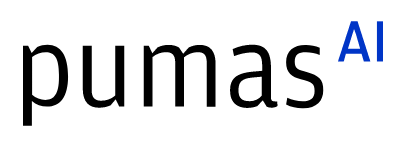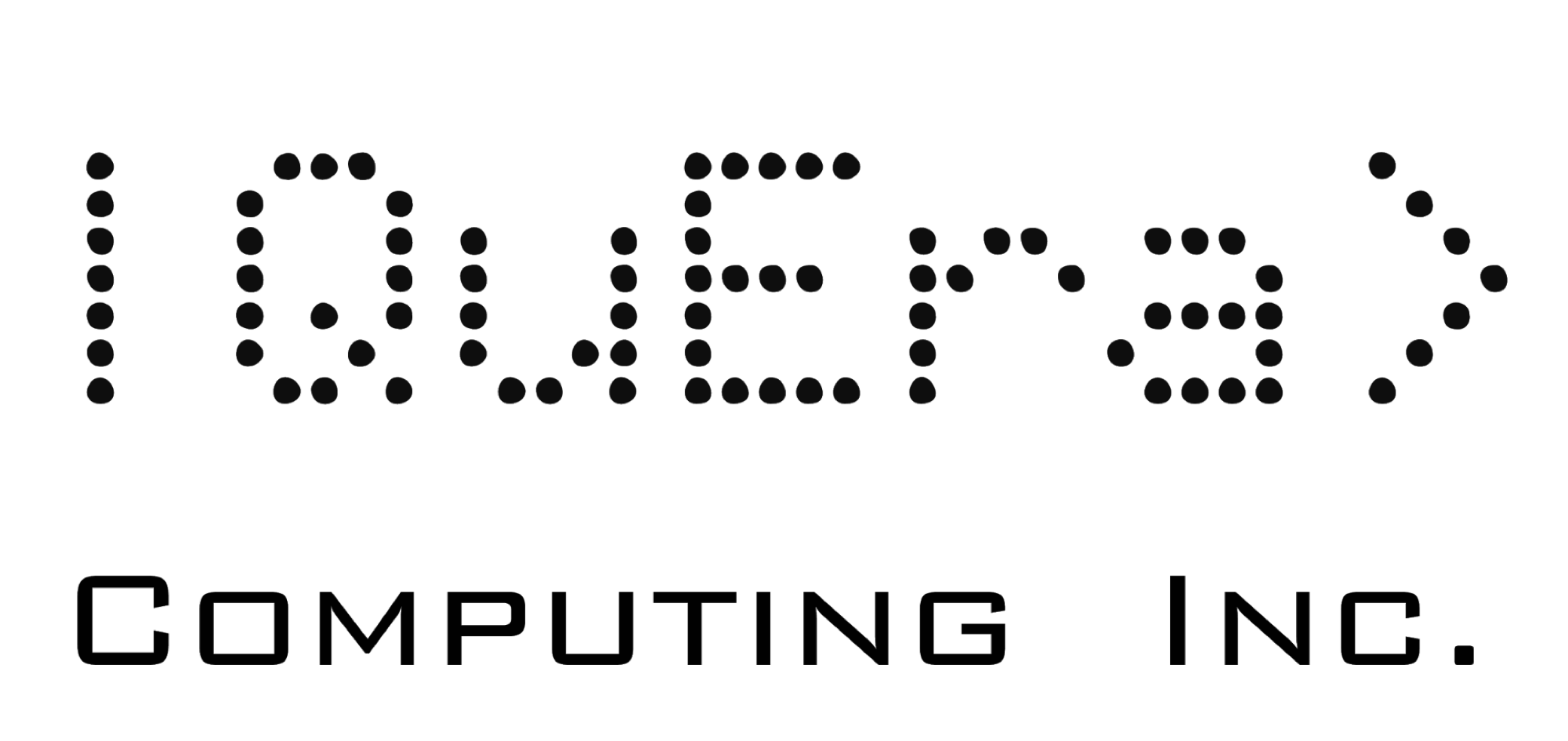Time to Say Goodbye to Good Old PCA
Abstract:
In this talk, I present ProjectionPursuit.jl, a package that is designed to address the limitation of PCA, that is the lack of flexibility for dimension reduction. I also discuss the background of projection pursuit, why the result of PCA could be misleading, and compare projection pursuit and PCA with some data examples. An alternative title of this talk is “Bring Your Own Objective Function: Why PCA can be a bad idea?”.
Description:
Principal Component Analysis (PCA) is arguably the most popular dimension reduction method in practice. The basic idea of PCA is to reduce the dimension of original data while retaining as much variance as possible. While sometimes effective, in practice PCA has some pitfalls, especially when the components of interest of the data are orthogonal to the leading principal components. A possible alternative, the projection pursuit technique, was proposed by Kruskal (1972) and Friedman and Tukey (1974). However, unlike PCA, projection pursuit does not have a closed-form solution, and thus computational complexity limits its prevalence. In this talk, we present the Julia package, ProjectionPursuit.jl, which combines the new computational tools needed to implement the high-dimensional projection pursuit and the lightning speed of Julia. We show that with the help of this package, one can easily implement the idea of projection pursuit to various applications.
Platinum sponsors



Gold sponsors


Silver sponsors








Media partners



Community partners


Fiscal Sponsor
